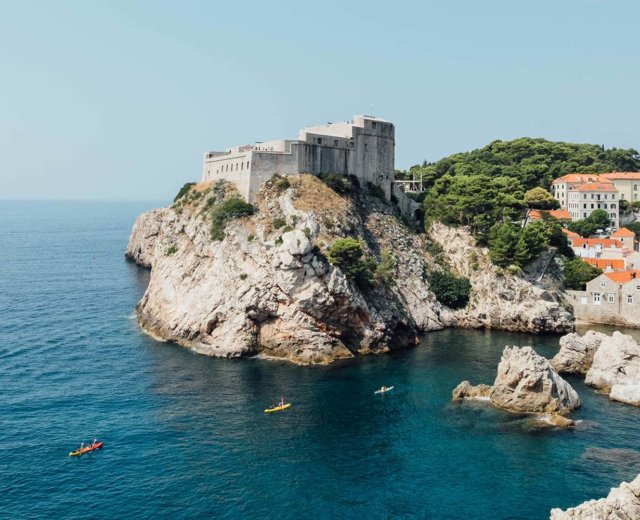City living: How to make the most out of your urban environment
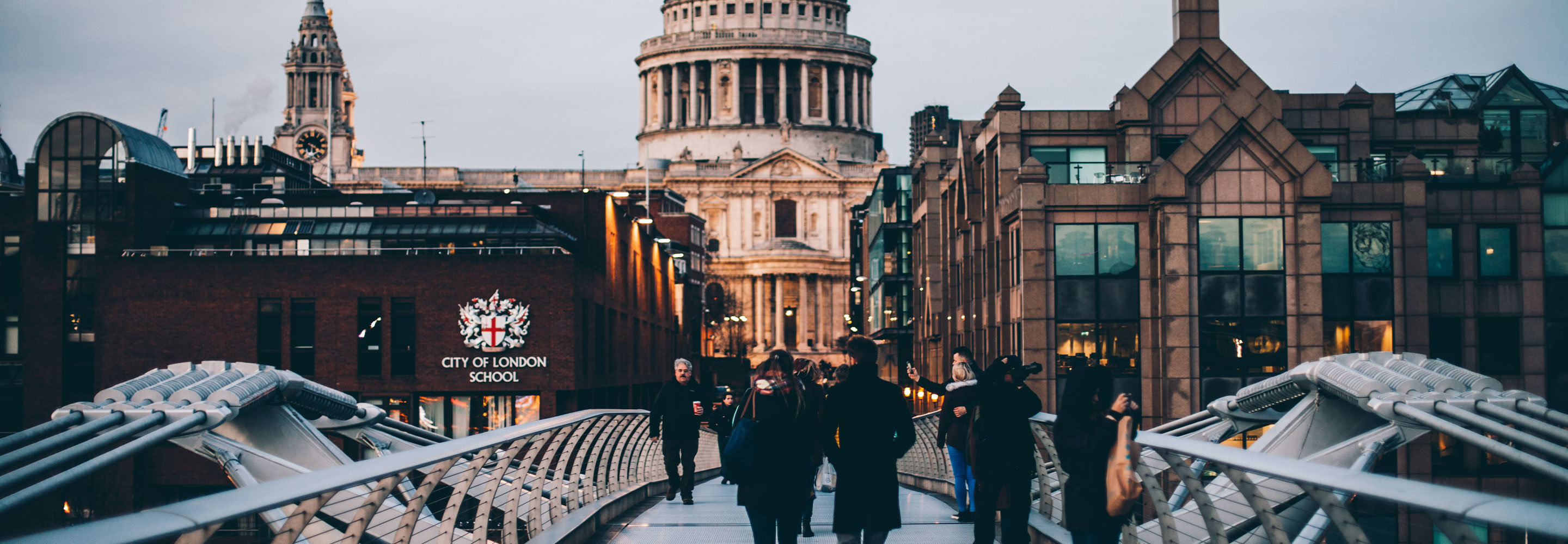
Monday, 8.30am on London Bridge. The pavements swell with urban professionals: smartly dressed, phone in hand and rushing to work. There’s a beautiful winter sun rising over the Thames, but it largely goes unnoticed because most people are in such a rush to start their day as quickly as possible.
This is the urban environment we’ve grown accustomed to; a familiar scene on the daily commute.
This is undoubtedly due to the sheer number of people now living in cities. According to the UN, an estimated 55% of the world’s population lives in an urban area, with the figure expected to increase to 68% by 2050.
In a society where time is money, today’s global cities are the epicentre of relentless busyness. As Carl Honoré puts it: ‘faster is better, busier is best,’ and nothing confirms this more than a stroll through our city streets at rush hour.
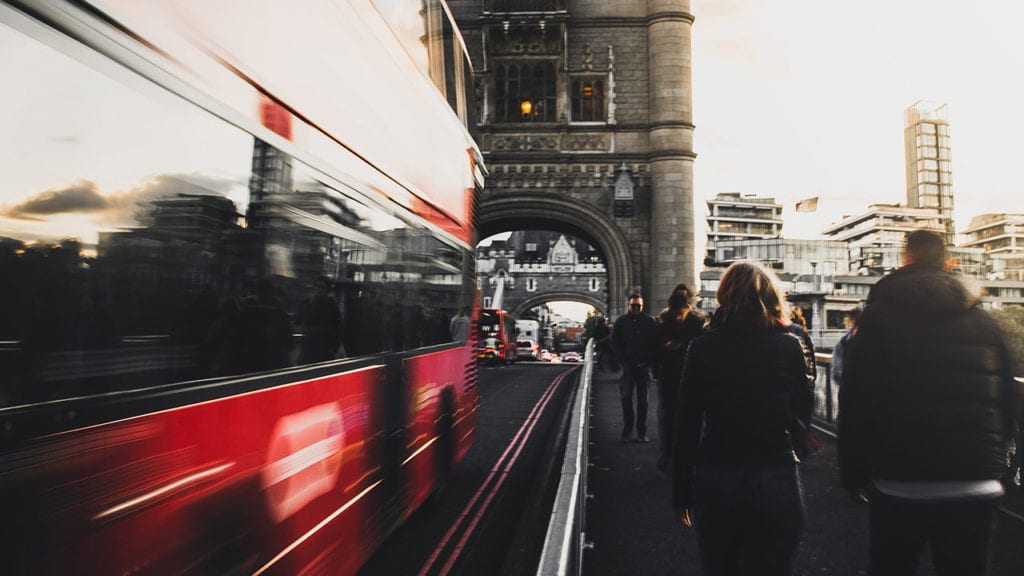
The anxieties of the urban environment
Many urban professionals are busy to the extent that we don’t know what to do with those transitional moments between one state of busyness and the next.
Our trajectories through the city have become humdrum journeys from A to B – empty time that we fill with digital distractions. There are, in fact, strong correlations between urban living and internet-fuelled distractions.
Author of The Lonely City, Olivia Laing, puts it perfectly: ‘As with the city itself, the promise of the internet is contact… But proximity, as city dwellers know, does not necessarily mean intimacy.’
Our phones become barriers we use to cocoon ourselves against the anxieties of the urban environment. They provide the perfect shield against unpredictable interactions with the wider city, and the infinite strangers who inhabit it.
By seeking refuge in the controlled safety of our virtual worlds, we lose our connection with the cityscape itself. An oppressive work-life imbalance just intensifies the sense of urban alienation and feeds into the lack of connection with our surroundings.
But perhaps the antidote lies in getting out there and exploring the city at a slower pace, forging a real connection with the urban environment.
Read more: How to be a more eco-friendly traveller
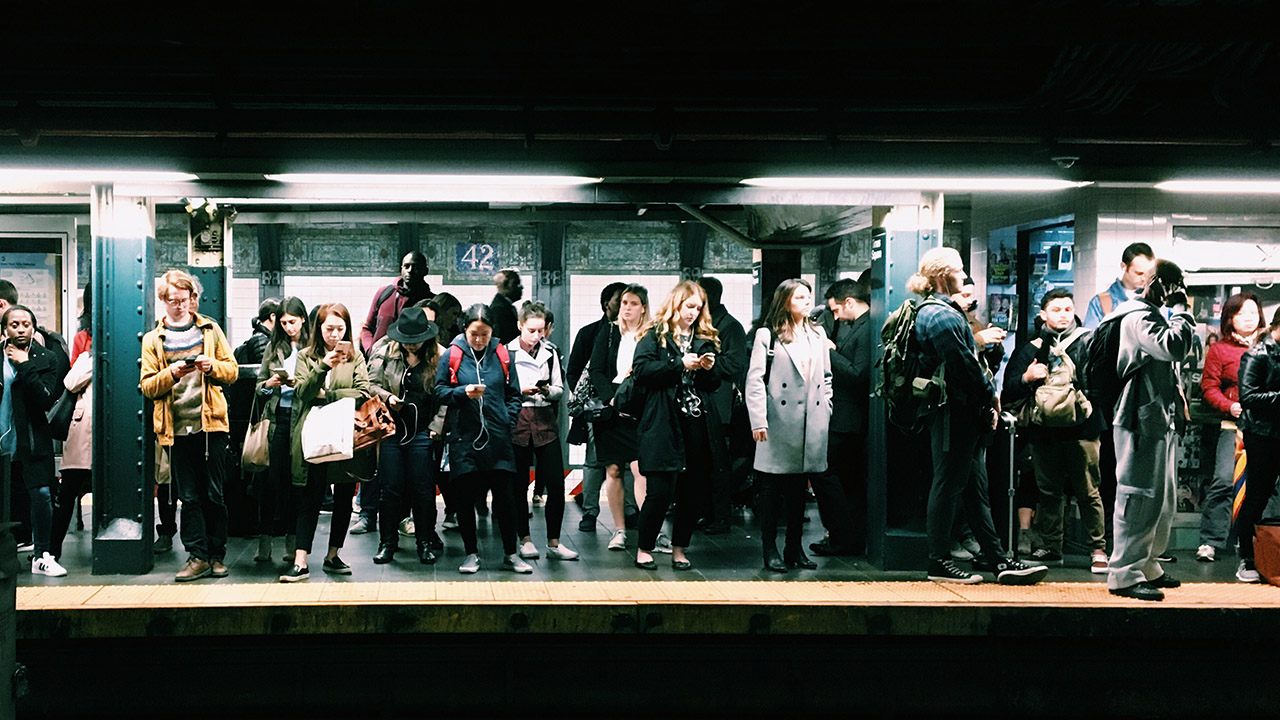
Act like a flâneur
In these times, perhaps we have something to learn from the flâneur. While an unlikely source of inspiration for the global cities of the 21st century, we can salvage something wise from the figure of the 19th-century Parisian stroller.
As an idle dandy, the flâneur’s only purpose is to amble through the urban environment at a leisurely pace, soaking up the minutiae of the city. A solitary figure, the flâneur is the quintessential solo traveller.
What he shows us is that you don’t need to travel to the other side of the world for an adventure – particularly when your own city is an unexplored enigma.
A simple way of introducing this into your daily life is to avoid taking public transport when locations are within walking distance. Even if it’s just walking to work, it reveals another layer to the cityscape and creates a stronger connection with your environment.
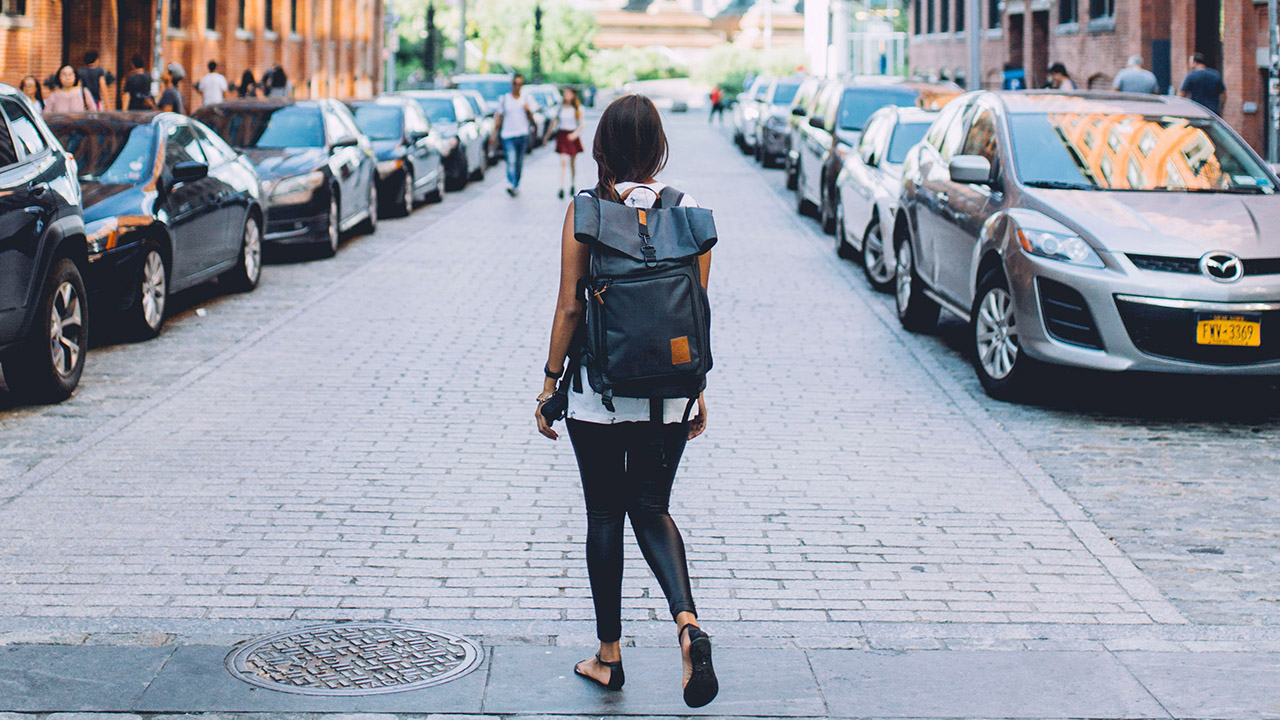
Subversive city-strolling
In a world of instant gratification, something as simple as losing yourself in the streets of your city doesn’t seem to offer any social or financial gain.
We’re so conditioned to seeking out rewards that we’ve become desensitised to the slow pleasure of idle city strolling, of moving through the urban environment simply for the sake of doing so.
Exploring cities by night is almost an act of rebellion: ‘In an economy in which time, including night-time, is money, wandering the streets after dark – when most people are sleeping in order to prepare themselves for the next day’s labour – is symbolically subversive,’ says Matthew Beaumont, author of Nightwalking: A Nocturnal History of London.
In fact, Beaumont believes that it’s at night that the full contours of the city take shape. ‘At 2am, in the empty streets, no longer fighting against the traffic of cars and commuters, the solitary pedestrian’s feet begin to recall the “real earth”. It becomes more apparent that a sloping road curves over the sleeping form of a hill and tracks the course of an underground stream.’
Read more: Why one bag is all you need for an epic adventure
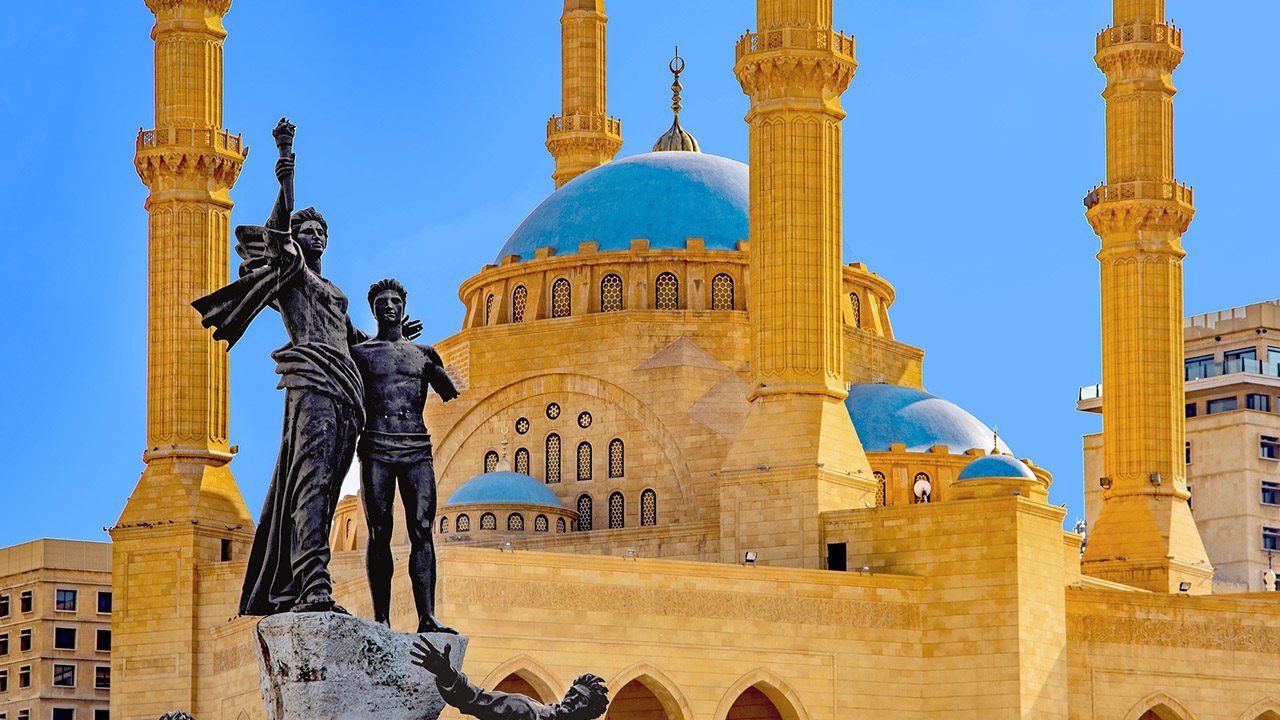
One of the best places to see this organic ‘mapping’ of cities at play is in Beirut. As Lebanon-based journalist Jenny Gustafsson describes, ‘modern Beirut has not been mapped since the 1970s,’ meaning that people living in the Lebanese capital describe locations using landmarks that no longer exist.
The sense of place and location is deeply entwined with memory and experience, creating a rich, multi-layered urban environment.
Moving through cities in this way requires you to slow down in order to fully appreciate the finer details. And it could be the future of urban landscapes, as people slowly move out of the fast lane.
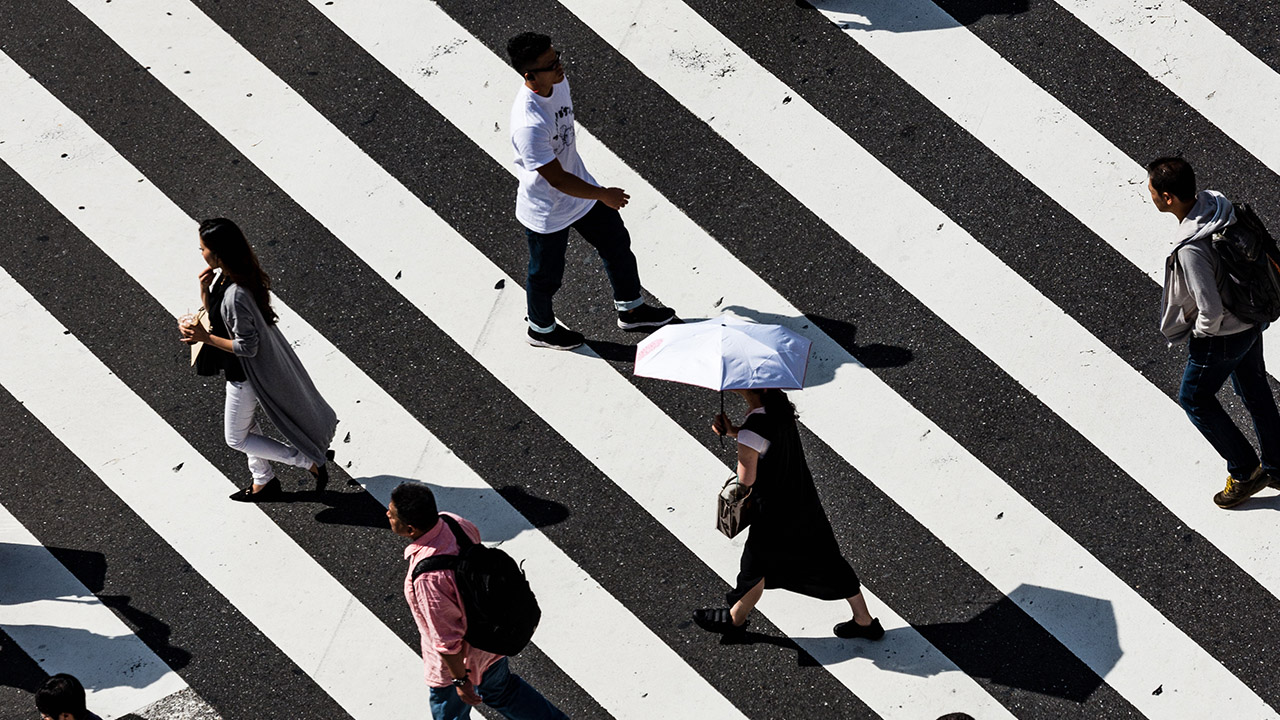
Why Slow Cities are the future
Italy is leading the way in terms of ‘slow living’, with everything from cities to food embracing a gentler pace. Cittaslow, a movement born in Tuscany in 1999, is a trailblazing example of this ethos.
Its radical philosophy proposes a new way of conceiving cities, in which the urban environment is reshaped with quality of life in mind.
Gleaning wisdom from the cities of the past and combining it with progressive technological opportunities, Cittaslow seeks ‘modern solutions in communication, transportation, incoming, production and selling’ to protect and empower local economies.
It’s about reclaiming the city centre as a space of community and connection. Something as simple as introducing more benches and communal seating areas play a pivotal role in enabling connections, and have the power to transform the cityscape in the long term.
Read more: top travel photography tips from Instagrammers
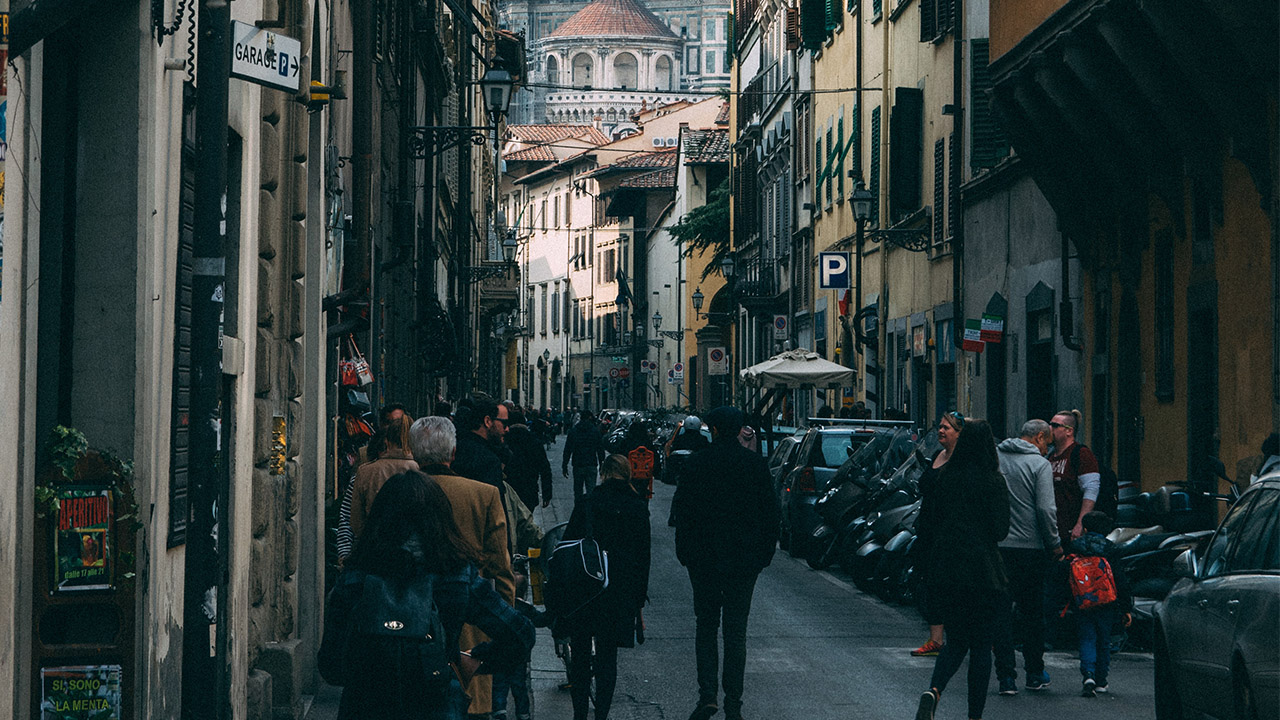
The Slow Movement’s ethos puts food production, sustainable development and meaningful connections at its core, and seeks to achieve its goals through progressive technology.
This combination of radical technological solutions and community is exactly what powers Flash Pack – and we believe it’s the way forward.
The UK now officially has six Slow Cities, where quality of life is prioritised over fast capital. Of course, as Honoré concedes, slowness is not always better.
But we can alleviate urban alienation through adopting a gentler pace, building connections with our urban environment and strengthening our communities.
As our global networks continue to grow, we need to find innovative solutions to the challenges of urban living. But perhaps the key to this lies in the time-tested basics of community and connection. Through these simple but fundamental aspects, we can transform the chaotic urban sprawl into the cityscapes of the future.
Our cities and towns are brimming with stories and potential connections – let’s experience them.
Feeling inspired? Explore beautiful cities on these 3 solo adventures:
Magical Morocco
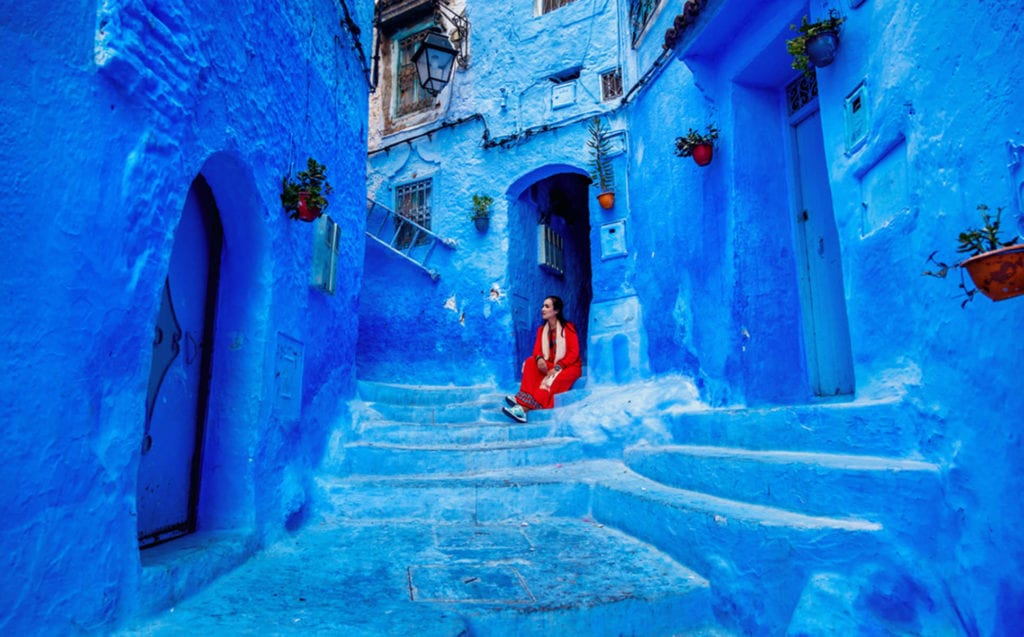
The stunning cities of Chefchaouen and Marrakesh are second to none. Lose yourself in these fairytale streets and live your dream.
Uncover the Inca heritage of Peru
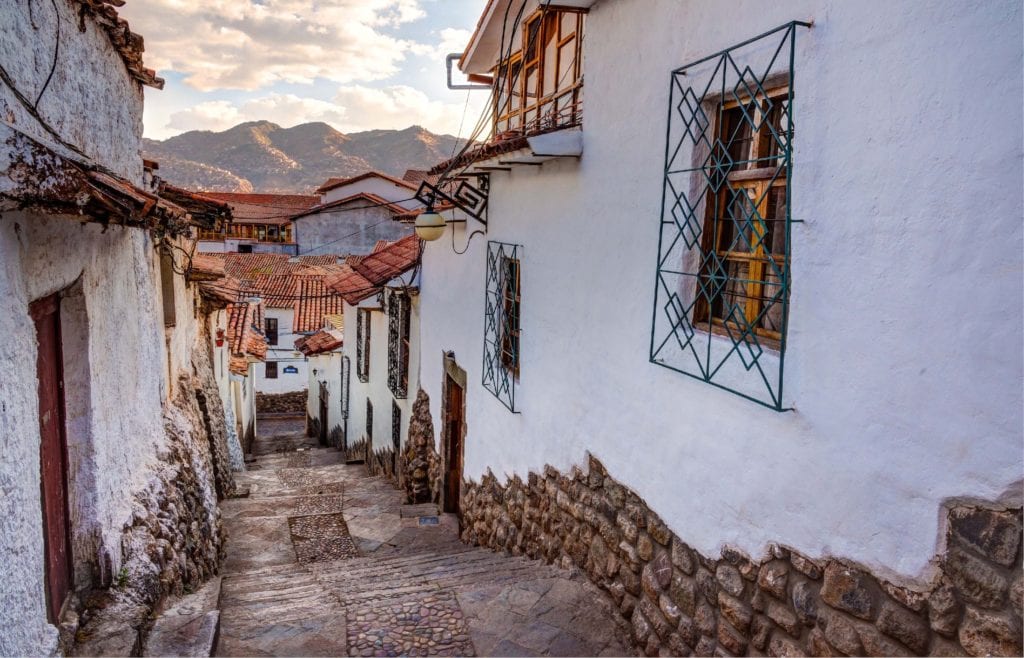
From the elegant streets of Lima to the secrets of Cusco, Peru’s cities are a joy to uncover. Delve into the rich legacy of the Incas.
Discover the urban charms of Iceland
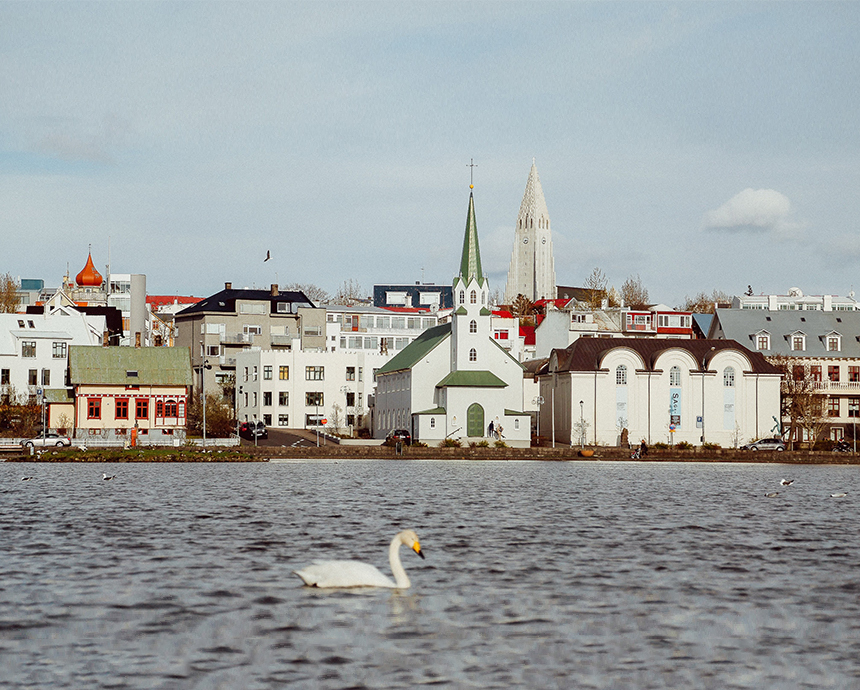
Dive into the contemporary foodie scene in Reykjavik for a true taste of Iceland, before exploring the wonders of the city streets.

